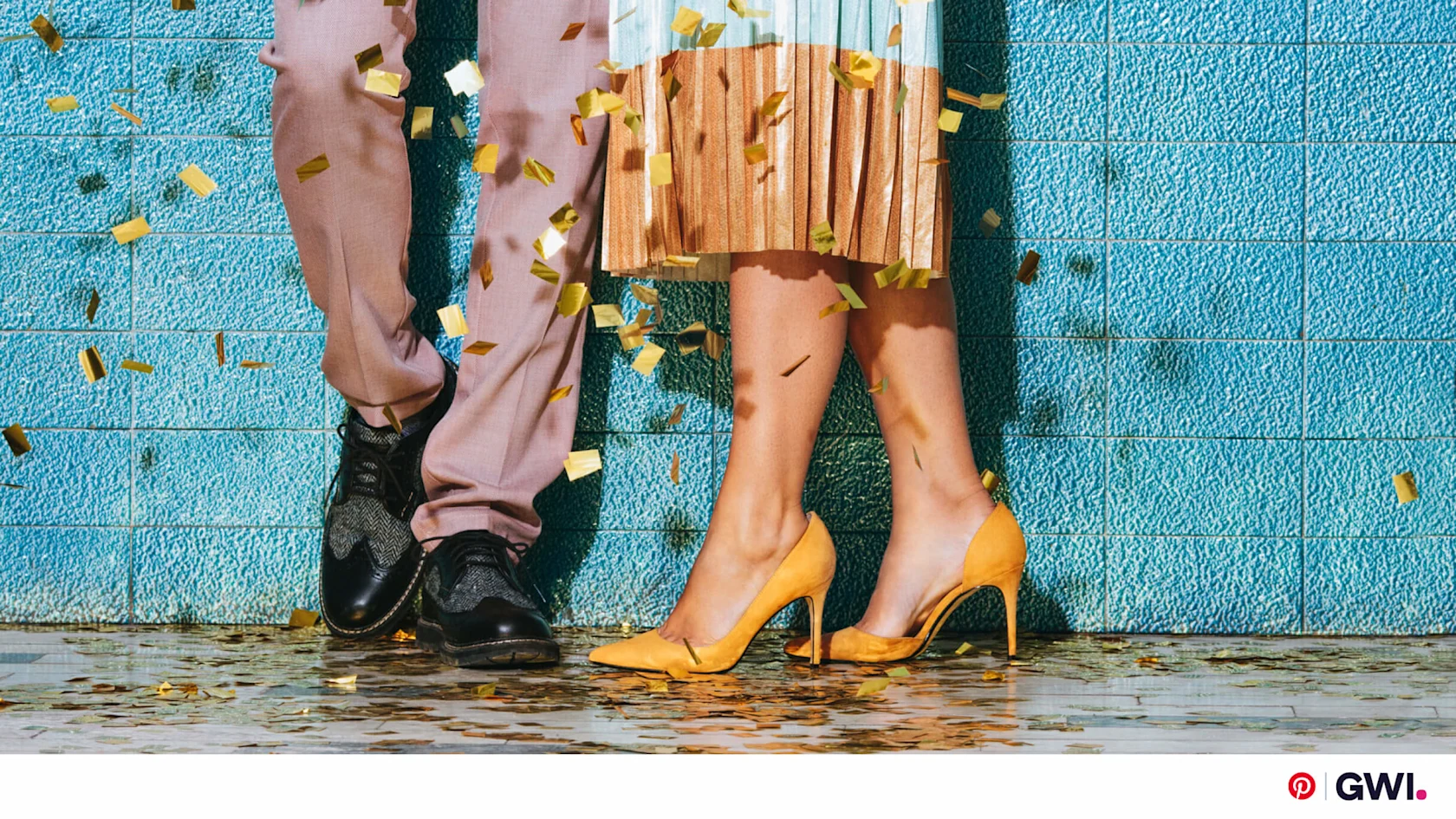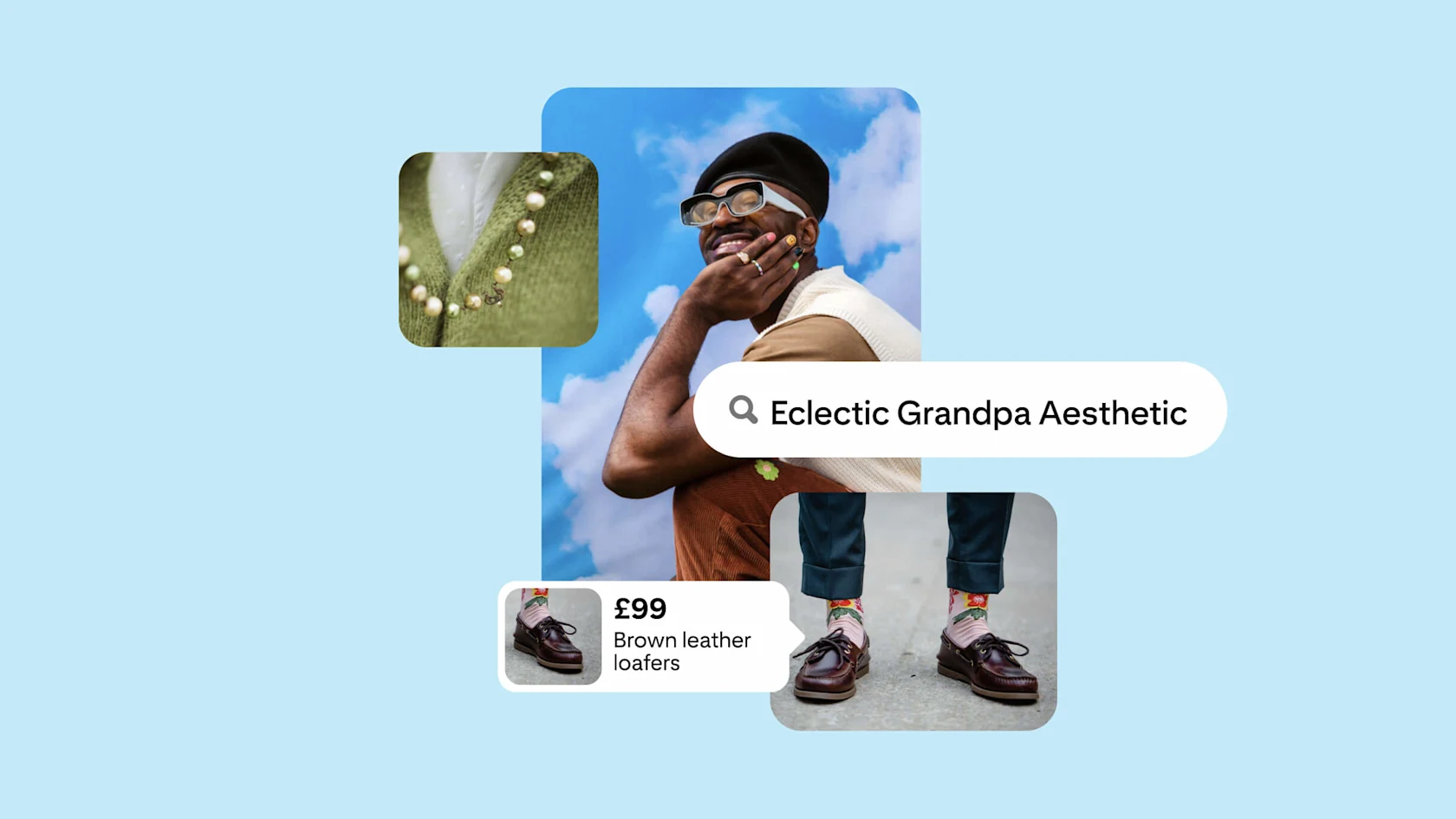A more positive internet? It’s possible.
22 February 2023
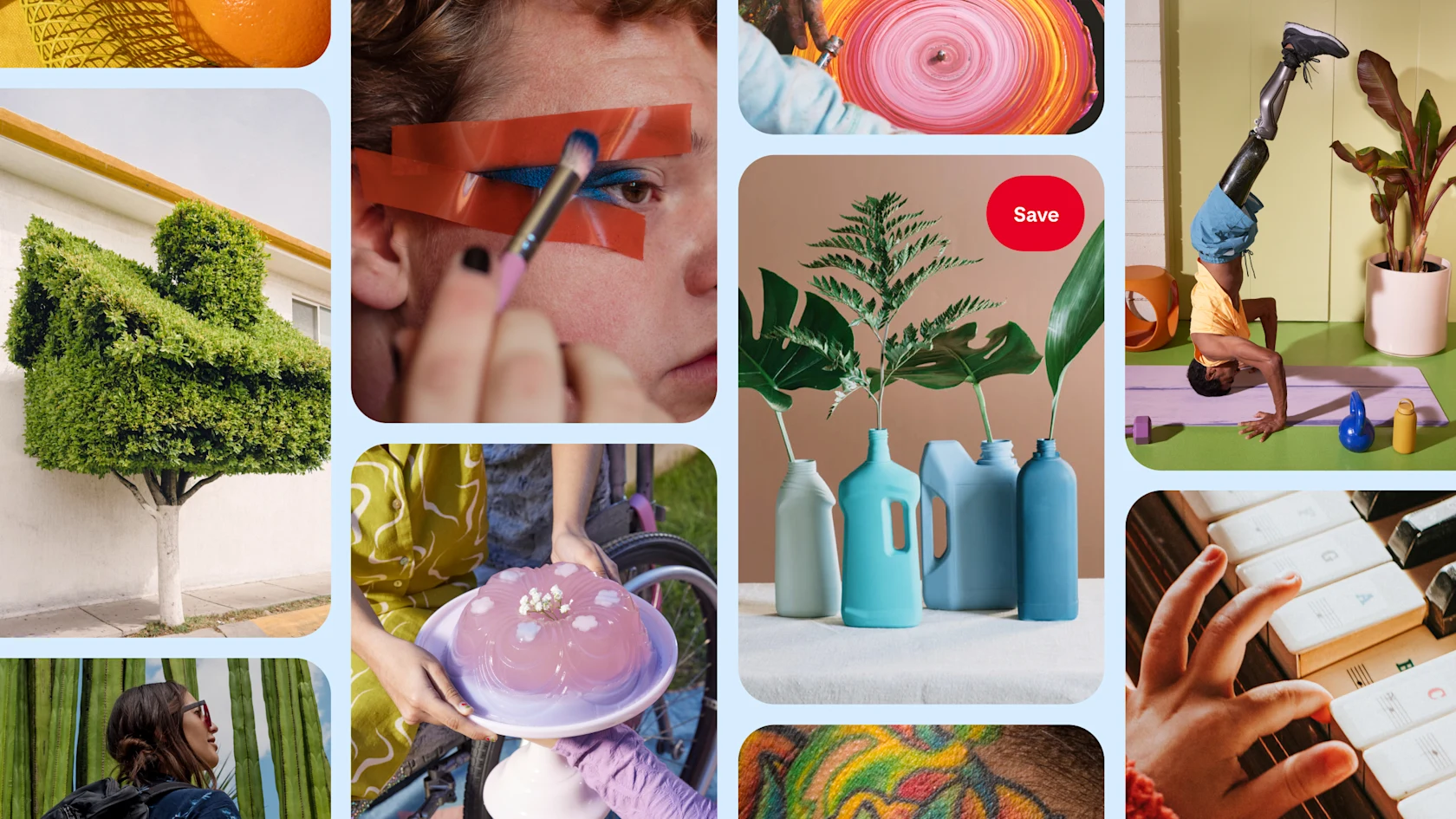
People spend hours a day on their phones. The average person scrolls about a mile every day.1 That’s because algorithms are written to keep them watching. Don’t do, just view. But algorithms are a choice. And we can change them.
For years, social media has been built mostly on how long it can get people to view. That’s led to addictive apps that are negatively impacting mental health, particularly among young people. When the thing you care about more than anything is how much someone watched, the content that comes out on top preys on the worst parts of our brains instead of bringing out our best. You viewed a car crash? Let me show you more car crashes! You’re hooked on conspiracy theories? There are more of those! It’s an odd logic to lead our companies, given it isn’t even one we’d teach our kids.
Pinterest is doing something different. Over the last decade, we’ve made deliberate choices to engineer a more positive place online. For example, our algorithm prioritises explicit signals from people who use Pinterest: more conscious, active engagements, like “saving” an idea. We use those active signals to determine what you see first on Pinterest. Today, we’re sharing what we’ve learned in our 13-year journey in the hopes of inspiring change across the industry. If we’re going to build a better internet for our better selves, Pinterest can’t do it alone.
Wellbeing must be our business model
The first step in curbing the negative impact social media is having on wellbeing is shifting the conversation in the industry from tactics to outcomes. Emotional wellbeing has to be a real, measurable result—and the price of entry for the entire industry. It should be the first outcome we are all held to, particularly if your service is being used by teens. Artificial intelligence learns what we teach it. It optimises for the metric we tell it to prioritise. That metric must be positive mental health outcomes.
And before you say how hard that is, we know it’s possible. At Pinterest, we ran a comprehensive study with UC Berkeley’s Greater Good Science Centre. We looked at how 10 minutes a day on Pinterest impacted Gen Z’s mental health. The researchers found that active engagement with inspiring content on Pinterest buffers against rising burnout, stress and social disconnectedness. The research suggests 10 minutes a day looking at any inspiring content could help young people guard against stress and toxicity.2 No matter where that content comes from, if it contributes to our collective wellbeing, we all win.
AI that’s additive—not addictive
We must be more intentional about the content we rank as platforms—and more realistic about the effects it can cause. Ranking for views can certainly promote some great, entertaining content, but unfortunately it’s just as good at surfacing divisive and polarising content that keeps people hooked. If we are going to curb the crisis that social media has created, the only option is to tell AI to do something different.
For example, on Pinterest, we tune our AI to prioritise explicit signals, not just views alone. We use a unique set of metrics that we call “inspired actions.“ A good example of one of those actions is “saves”. When people see something on Pinterest that they want to act on, they hit “save”. And when we prioritise what gets “saved” in the content we ultimately show people first on the platform, suddenly the images and video that are top-performing don’t distract you from your life (like gross-out videos or conspiracy theories), but actually help you improve it (like step-by-step guides, self-care ideas, inspirational quotes, how-to videos). Simply by telling AI to prioritise something more nourishing, we can build a more positive and inspiring internet.
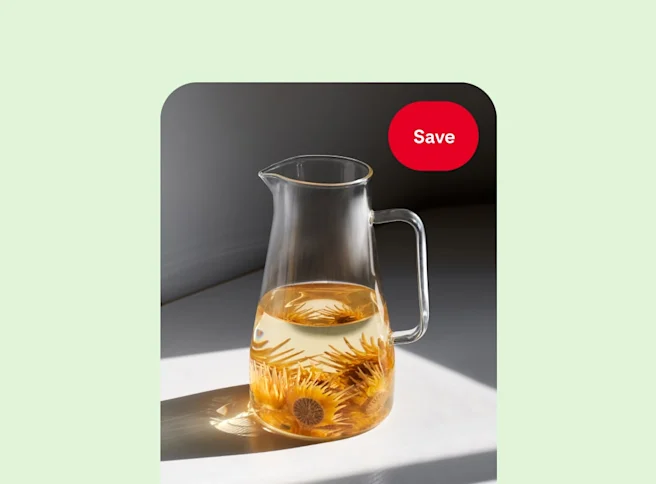
How people save content on Pinterest
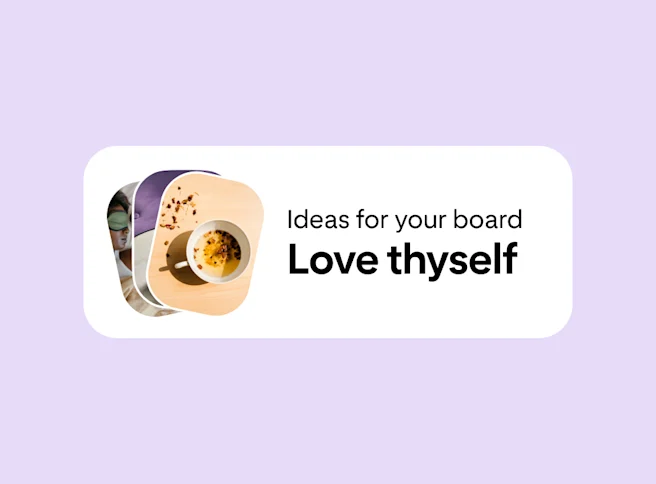
Pin recommendations for a specific board
Policies that protect teens
We can’t stop at the product—we must constantly evolve and enforce better content safety policies as consumer tech companies and social media leaders. At Pinterest, we are especially focused on safety for teenagers. The first step is crafting policies for emotional wellbeing, not just safety. The second is enforcing those policies. And the third is measuring that enforcement.
For example, we recently revised our self-harm policy to be more strict, increasing our ability to remove content that could put teens’ mental health at risk. We’ve also chosen to partner with a third-party content safety service that independently tests our moderation efforts. We are moving with the urgency that this mental health crisis calls for, providing routes to compassionate support for those in need and investing heavily in building new technologies that automatically identify and take action on harmful content.
It’s never enough to filter out the bad—we want to design in the good. In an effort to create belonging on Pinterest, we intentionally make the content surfaced on our platform more representative. For example, we’ve developed unprecedented inclusive features such as Hair Pattern Search and the Skin Tone Ranges, because no one should have to work harder to find content that’s relevant to them.
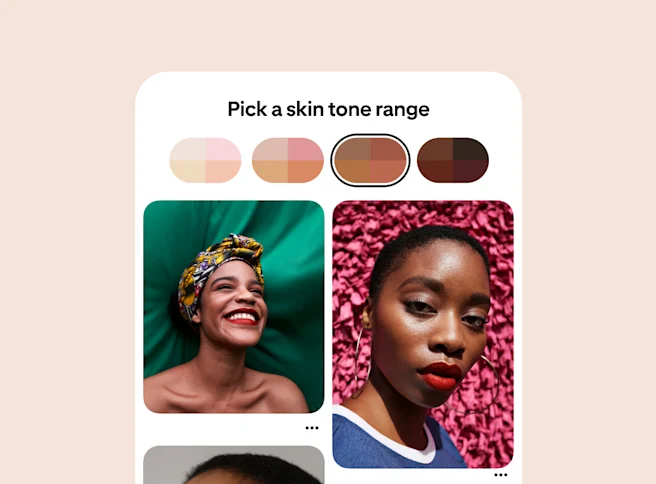
People can explore ideas by skin tone range
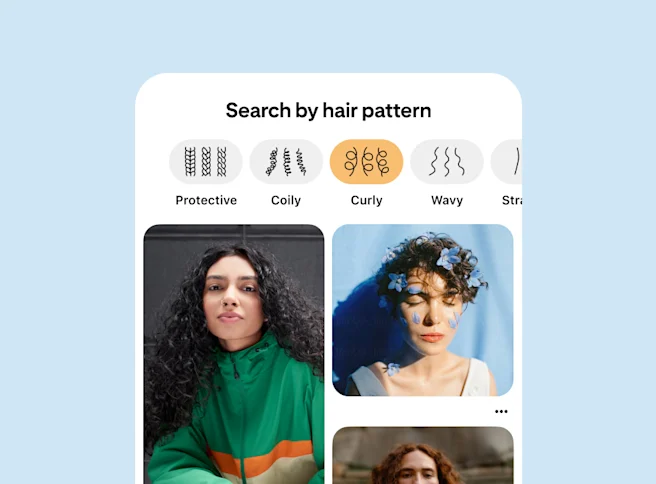
You can also search by hair pattern
Supporting youth and communities
As tech leaders, we also owe it to parents, teens and families to invest in mental health resources beyond our platforms, no matter how hard we’re working to improve our products and policies. At Pinterest, we have committed a third of our total philanthropic funds to the advancement of emotional wellbeing for youth. In the US, in addition to #HalfTheStory, other partners include The Steve Fund for the creation of a web-based experience for BIPOC young people to explore creative expression in connection to emotional wellbeing and Inseparable for digital advocacy to improve youth mental health.
Finally, we support the US Surgeon General’s call-to-action on youth mental health. Among other US legislation, we’ve stood behind the “Restoring Hope for Mental Health and Well-Being Act of 2022,” which will improve mental health outcomes for youth, mothers and people in crisis. We're also proud to be partnering with the American Academy of Pediatrics and participating in the Department of Health and Human Services Centre of Excellence on Social Media and Mental Wellness.
A more positive internet is possible
Our latest research shows that positive online experiences have declined over the course of several years,3 especially for Gen Z, who are twice as likely as older cohorts to see violent, triggering, or harmful content online.4 Yet people are hungry for positivity: 7 in 10 adults surveyed agree that people could benefit from a website dedicated to positive content,3 and we saw record-high searches for positive themes during the COVID-19 pandemic.5 Research participants tell us that Pinterest is that positive place for them: Pinterest is more likely than its competitors to always leave its users feeling positive after spending time on the platform.3 That feeling is driven by their belief that Pinterest is time well spent, not just time spent.
Pinterest as a more positive place online. That didn’t happen by accident. We’ve made consistent, people-first decisions to protect everyone who uses our platform. And we’ve been diligent about measuring ourselves annually to confirm what we’re doing right–and wrong–to maintain that position of positivity with partners from Nielsen to Morning Consult to Firefish and most recently UC Berkeley. A more positive internet is possible. Pinterest has the proof.
More about this topic
Pinterest CEO Bill Ready shares his perspective on artificial intelligence and what has to change if we’re going to curb the mental health epidemic.
View on LinkedIn /^/
New research from UC Berkeley’s Greater Good Science Centre shows what 10 minutes a day on Pinterest can do for Gen Z.
Read the research ->

